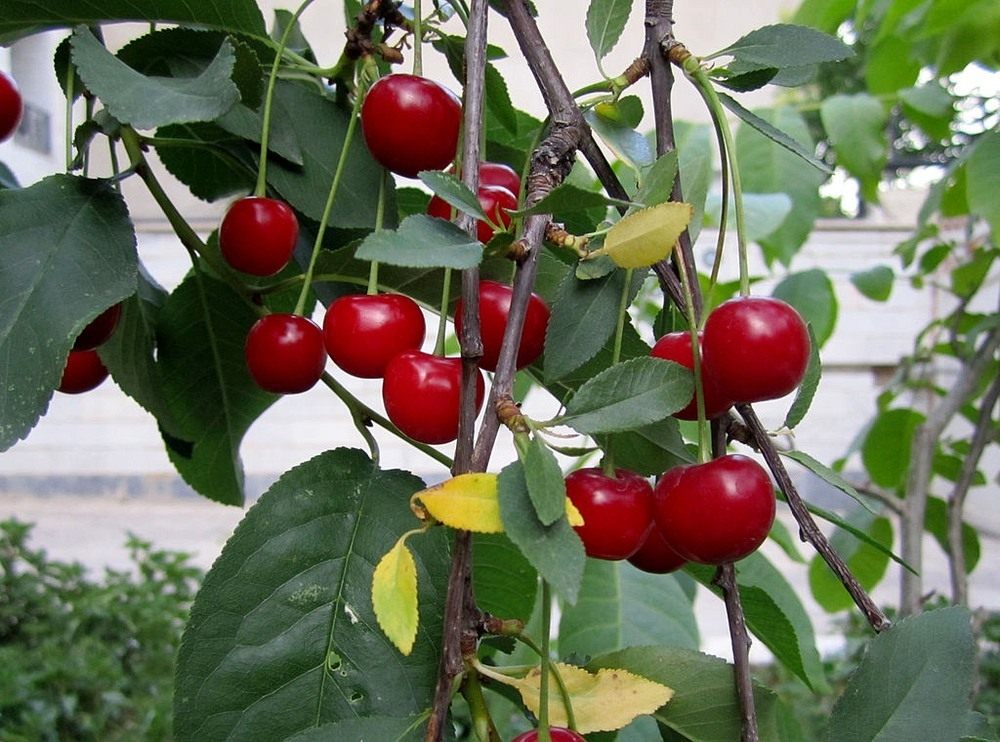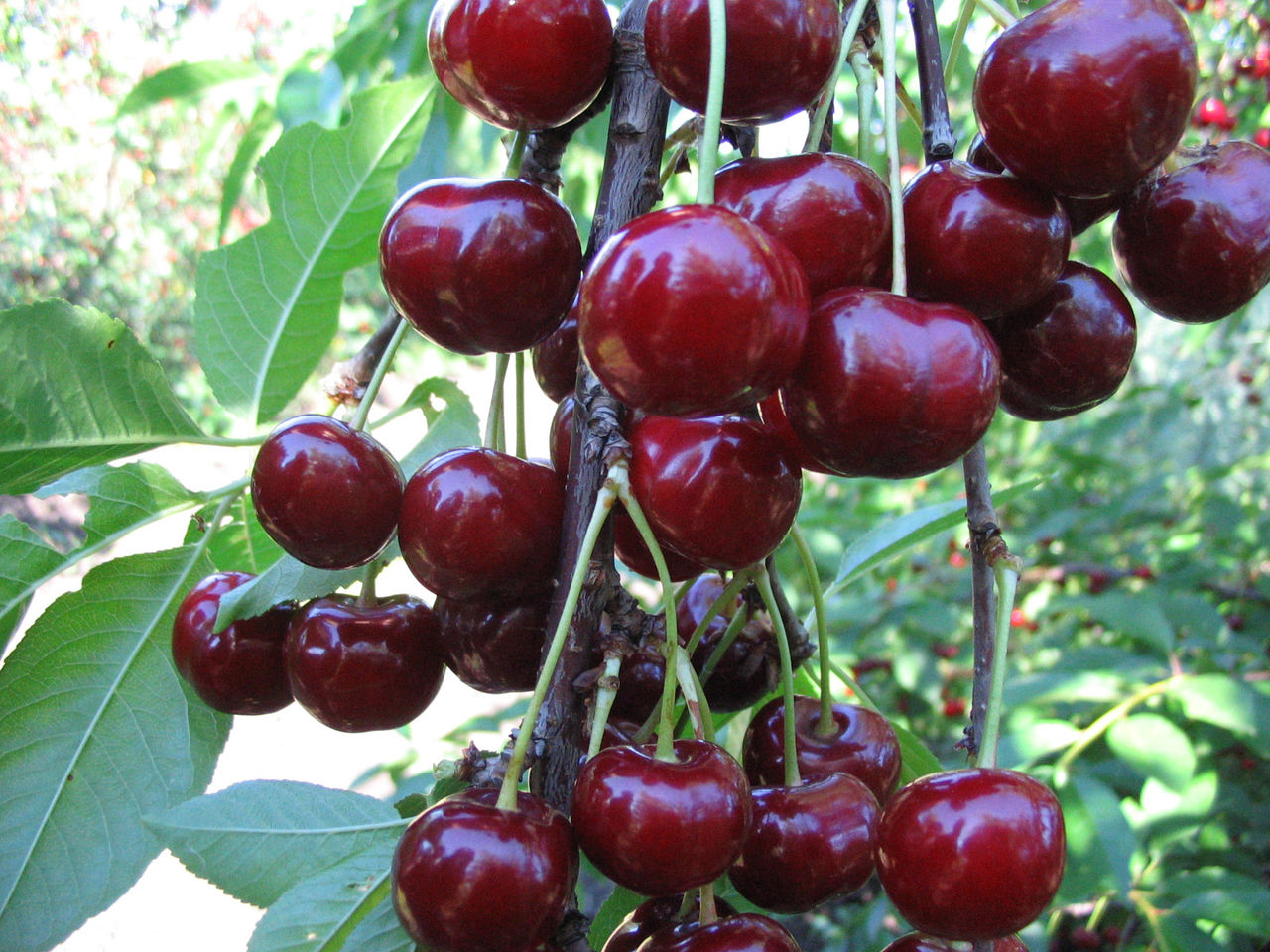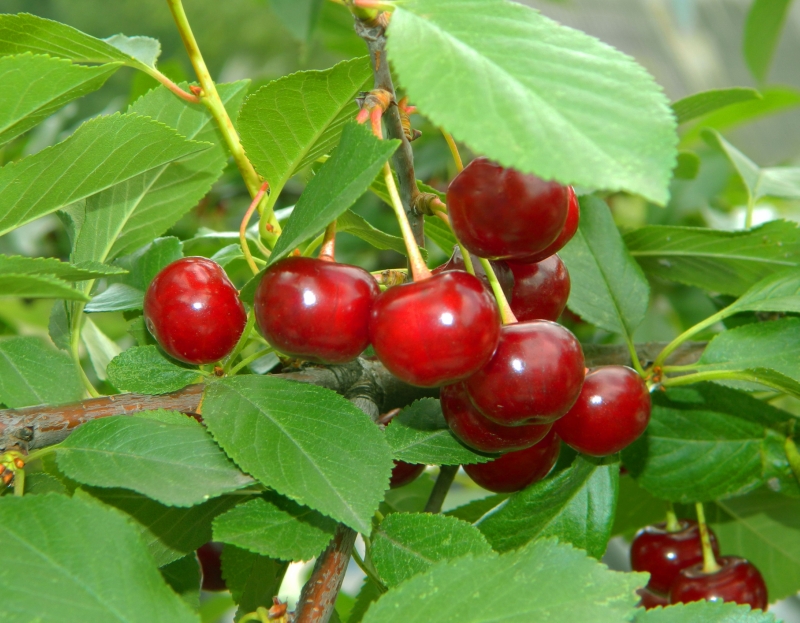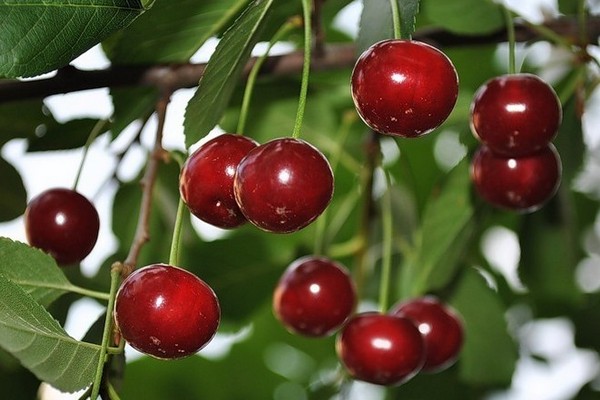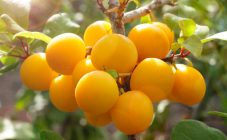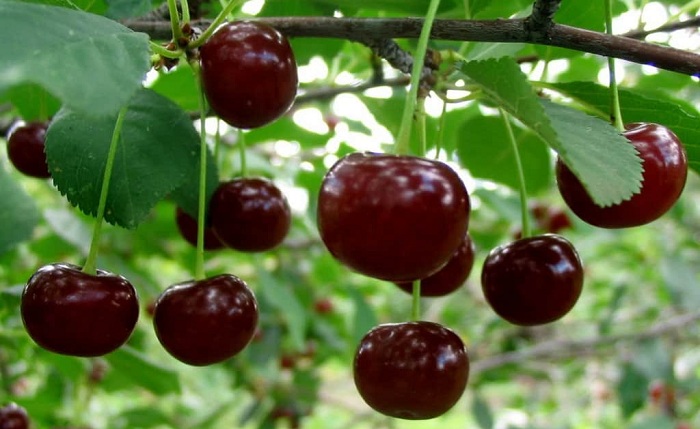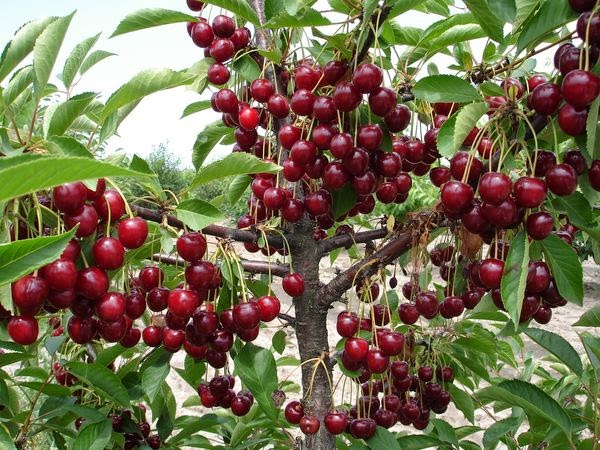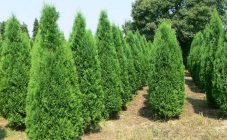Content:
The Siberian region is characterized by long, harsh winters and rich fertile soils. This contrasting combination leads to constant evolution: species that are able to endure severe frosts, a prolonged period of winter dormancy, and spring frosts remain. Like other cultures, cherries take root well in Siberia if you take proper care of them. For the Siberian region and similar climatic zones, many resistant varieties have been bred and special strategies have been developed to help grow fertile cherries in temperate climates.
Culture information
Cherry is an extensive diverse genus of fruit and berry plants. It is part of the Plum family and includes over 60 species. In one freely crossing species, breeders bred offspring from sweet cherries and various wild cherries, including felt and steppe. Today, more than 150 varieties of cultivated garden cherries are known to satisfy any consumer demand.
The cherries of the same name are sweet or sour-sweet berries with juicy pulp, glossy skin and a strong core in the center. The stalk of cherry fruits is long; during the flowering period, it has a white or light pink five-leafed flower with short red stamens in the center.
Selection of varieties for Siberia
Before purchasing and planting, a gardener must certainly study all aspects of the question of how to plant cherries correctly in spring in Siberia. The selected plant must meet the minimum required criteria. Siberian cherry must have the following essential qualities:
- Frost resistance - endurance of low temperatures without loss of vitality;
- Fast growing - a short ripening period, allowing the plant to have time to bloom and give a ripe harvest during the short Siberian summer.
Additional beneficial qualities of varieties are now offered in a wide range. The decision of which cherry to plant in Siberia can be made by gardeners based on personal preferences. The varieties are characterized by the following criteria:
- Dimensions: ease of harvesting, number of branches, resulting from this tree shape;
- Life form: full-fledged tree or shrub with several trunks;
- Pollination method: cherry flowers from the same tree are pollinated, or the plant needs a pair to avoid the formation of barren flowers and sterility;
- Flavor: The berry ranges from sweet to sweet and sour.
Cherries in Siberia: planting and care
Cherry is a sun-loving and heat-loving culture. It will grow best in a calm place, which is illuminated by the sun in the morning. It should also be removed from groundwater, salt marshes and peat soil. Cherries are very vulnerable to flooding, so the placement of a drainage system under it - a system of channels for the outflow of excess water - will provide a great support to the tree.
It is good if you know the type of soil on the site: neutral is best - not alkaline and not acidic. In case of deviation, acidic can be fertilized with lime no later than a week before planting and other fertilizers. The best soil for cherries is loam, sand, sandy loam soil.
Disembarkation
Cherries are planted in open ground in early spring or autumn. This is due to the state of dormancy, when the plant adapts better to its new habitat. In spring, the plant still does not turn green after winter, and in the fall it no longer bears fruit, so it can use all its strength to adapt the roots and get used to the new diet.
The beginning of spring is the preferred time due to the fact that the seedling takes time to grow stronger. Also, for the comfort of the plant, planting should be carried out at sunset, so that the earth is extremely warm, and the plant survives the night better in a new place.
- A suitable landing site is selected.
- A recess 0.5 m deep is dug, pre-fertilization is laid: 10 kg. sand, 1 kg. ash, 25 g. KCl (potassium chloride).
- The root system of the seedling is cleaned of damaged roots in order to avoid infection and decay, the sections must be processed with coal.
- The seedling is kept in water for 3 hours or more to spread and strengthen the roots.
- A seedling is laid in the hole and buried in to 1/3 of the lower part of the trunk.
- A wooden peg is placed for tying a seedling.
- At the end of planting, the plant is watered with 3 buckets of water.
- All the following seedlings must be placed on a site no closer than 3 meters from the previous ones.
- The meter area around the trunk is sprinkled with mulch — a layer of sawdust or compost necessary to protect the roots from further drying out, weathering, other external negative influences, and the appearance of weeds.
Young tree care
The resources required by the cherry are standard: light, water, minerals, carbon dioxide, which plants breathe. The task of a caring owner is to plan and strictly follow agrotechnical procedures so that cherries in Siberia grow healthy and productive.
Pruning diseased or mechanically damaged branches is necessary so that infections from the affected part of the plant do not enter other organs through the vascular system. For the same reason, it is necessary to treat all wounds and artificial sections on cherries without exception in order to protect them from the penetration of harmful organisms.
Besides the sanitary function, pruning is similar to artificial shearing of ornamental plants, but in the case of cherries for practical purposes. By trimming the main stem branches at the ends, the owners stop the tree from growing in height. By removing the adventitious branches, you can give the bush a shape that is convenient for harvesting, or a primitive figured one - for visual decoration of the site.
The regular cherry care plan in Siberia in the spring and throughout the season consists of intermittent periodic treatments:
- loosening 3 times a year;
- weeding as needed;
- stop watering during flowering, start every 2 weeks after flowering, 3 buckets at a time;
- feeding with nitrogen during planting once, then 2 times a year during the fruiting period;
- top dressing with minerals and organics 25 g eachOnce every 3 years during loosening;
- pruning branches as needed before budding and after fruiting
- prevention of pests in the spring 7%, in the fall with 4% urea solution before bud break;
- colloidal gray tick treatment in spring;
- whitewashing with a solution of lime and copper in the spring;
- covering the roots with needles and snow for the winter.
Cherries in Siberia are harder to grow than in warm climates. If you plant a plant, observing all the rules of care and prevention, it easily copes with winter frosts and gives a bountiful harvest. The most important thing in planting cherries is to choose a variety that suits Siberian conditions, and in the future, do not stop taking care of the tree in order to get the desired volume and quality of fruits.
